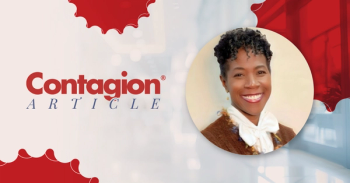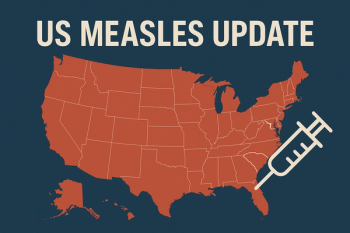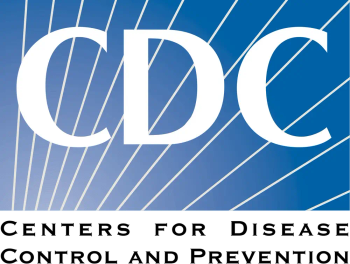
Monkeypox in Children: Uncommon but Potentially Concerning
With proper treatment, even the youngest sufferers can recover. Know the signs when treating potentially infected children, especially if they have environmental risk factors.
The vast majority of the more than 25,000 confirmed monkeypox cases in the 2022 US outbreak have occurred in adults, particularly men who have sex with men. Nevertheless, experts say that anyone in close physical contact with an infected person can contract the virus, including children. As of September 23, 27 confirmed monkeypox cases have occurred in children aged 15 and younger. Nationally, case counts peaked in August, with a high of 736 cases reported by the CDC on August 22; case numbers have
A recent case highlights the infection’s trajectory in an infant. As reported in the CDC’s
The infant was admitted to the hospital and started on intravenous antibiotics. In the days following, the lesions continued to spread. They now covered the baby’s back, face, bottoms of the feet, and eyelid, and they became pustular. At this point, swabs revealed Orthopoxvirus DNA and Clade II Monkeypox virus DNA, and the baby was given oral tecovirimat, vaccinia immune globulin intravenous, and prophylactic trifluridine eye drops to ward off potential complications from the eyelid lesion. There were no further complications, and the infant recovered.
Although the infant had not traveled, spent time in a childcare facility, or had any infections in the weeks preceding the diagnosis, 1 of the baby’s 4 caregivers had participated in activities deemed high risk for monkeypox and in fact had experienced blood in the urine, fever, and a rash 3 weeks before the infant exhibited a rash. After the baby was hospitalized, the caregiver received a positive Orthopox DNA test.
While monkeypox in children in general looks much like monkeypox in adults, CDC experts caution that children may be more likely to get sicker. In their report, the authors reference a 2003 study of 34 subjects who became ill with monkeypox after pet prairie dogs were transported with infected rodents. Of the 5 subjects who were severely ill, 2 were young children who received treatment in the intensive care unit. The authors acknowledge it is difficult to determine whether their admittance to intensive care reflects the severity of their illness or simply a different standard of care. And it’s important to note the study’s small size, as its findings might not be replicated in a larger trial.
Clinicians who see pediatric patients with rashes that spread, resemble pimples or blisters, and are itchy and scabbed over should consider monkeypox as a diagnosis, especially if other factors are present that make it more likely, such as close contact with someone who has the disease. Although treatment regimens should reflect individual patients, young children–especially those with eczema or similar skin conditions or who are otherwise immunocompromised–may be at risk of more severe disease. As with adults, tecovirimat is the first-line medication of choice.
For children who have been exposed to monkeypox, experts advise practitioners to consider a post-exposure prophylaxis regimen. This may include the JYNNEOS vaccine (available under an Emergency Use Authorization for people below the age of 18), the administration of immune globulin, or the use of antivirals.
Newsletter
Stay ahead of emerging infectious disease threats with expert insights and breaking research. Subscribe now to get updates delivered straight to your inbox.



















































































































































































































































































